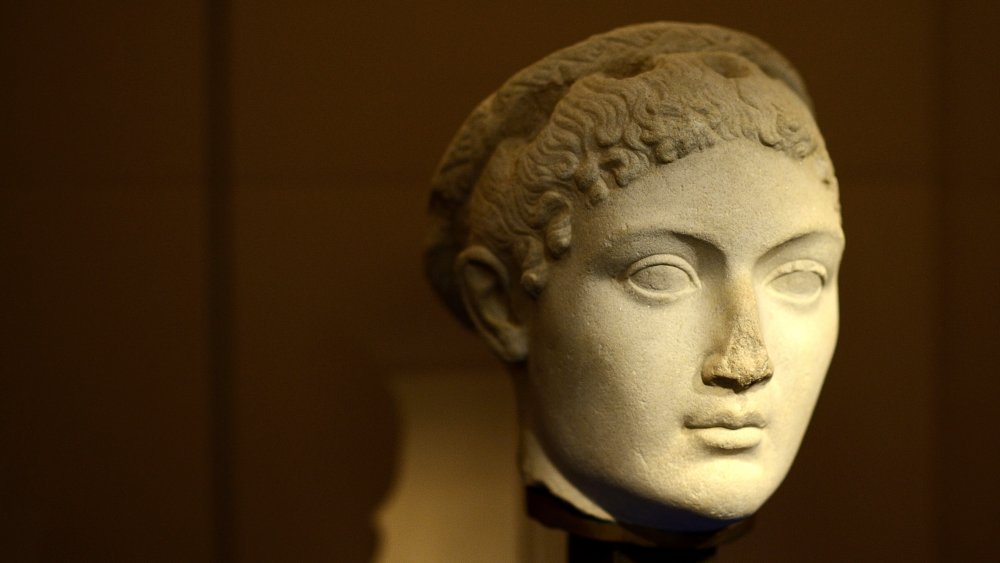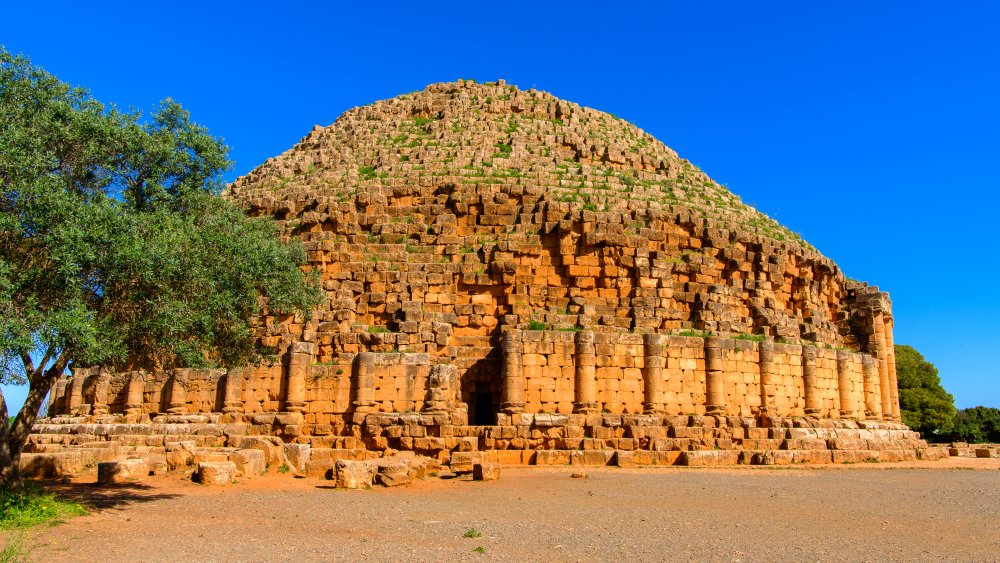Cleopatra Selene II: The Truth About Cleopatra's Daughter
Few historic figures have inspired interest, argument, and speculation like Cleopatra VII, one of ancient Egypt's final Pharaohs whose personal struggles were being reported on long before Prince Harry's. When her story is told it usually ends with her suicide and the collapse of the Ptolemaic dynasty in Egypt. However, while most of her children quickly followed her to the grave, her daughter with Marc Anthony, Cleopatra Selene II, carried on the Ptolemy name and began her own lineage of rulers in a new kingdom.
The younger Cleopatra was ten years old when she and her brothers were shipped off to Rome following her mother's death. While her siblings disappeared from the historic record during this time (code for "they died"), Cleopatra Selene II was raised to be an upstanding citizen of Rome and was eventually married to King Juba II of Mauretania in northern Africa, a new addition to the empire.
At the time the kingdom and its capital Caesaria (modern day Cherchell, Algeria) were considered important to trade, but a cultural backwater. Cleopatra Selene II and her new husband were sent to manage the new territory and Romanize its citizenry.
Her legacy and mysterious fate
Cleopatra Selene II ruled as Queen of Mauretania for around two decades, and during that time she seems to have taken to her duties with aplomb. Temples, lighthouses, and palaces were built in the modern Roman style, which attracted cultural and political luminaries from around the empire. Although Cleopatra was a foreign bride, she brought with her a laundry list of royal titles collected throughout her life. As Queen she didn't fade into the shadows, and instead asserted her influence over her new kingdom, including having coins minted with her face and titles on them along with those depicting the king. She even named her son Ptolemy, after her own royal lineage. He went on to rule Mauretania after his father's death
Despite what appears to be an influential reign, there is no clear historic record of when or how Cleopatra Selene II died. Many clues have given historians a range of dates, but one of the most compelling pieces of evidences comes in the form of a poem. A line in an epigraph by the Greek writer Crinagoras of Mytilene reads: "The moon herself grew dark, rising at sunset, covering her suffering in the night, because she saw her beautiful namesake, Selene, breathless, descending to Hades."
This excerpt suggests Cleopatra Selene II's death coincided with a lunar eclipse. Of those that occurred around the time she disappeared from the historic record, the one roundly accepted by historians as the likely culprit happened on March 23rd, 5 BCE, which would have made Cleopatra Selene II 35 years old at the time of her death. While her life was relatively short and her legacy obscured by the smudged lens of history, it's clear that Cleopatra the younger walked powerfully in her mother's footsteps.

